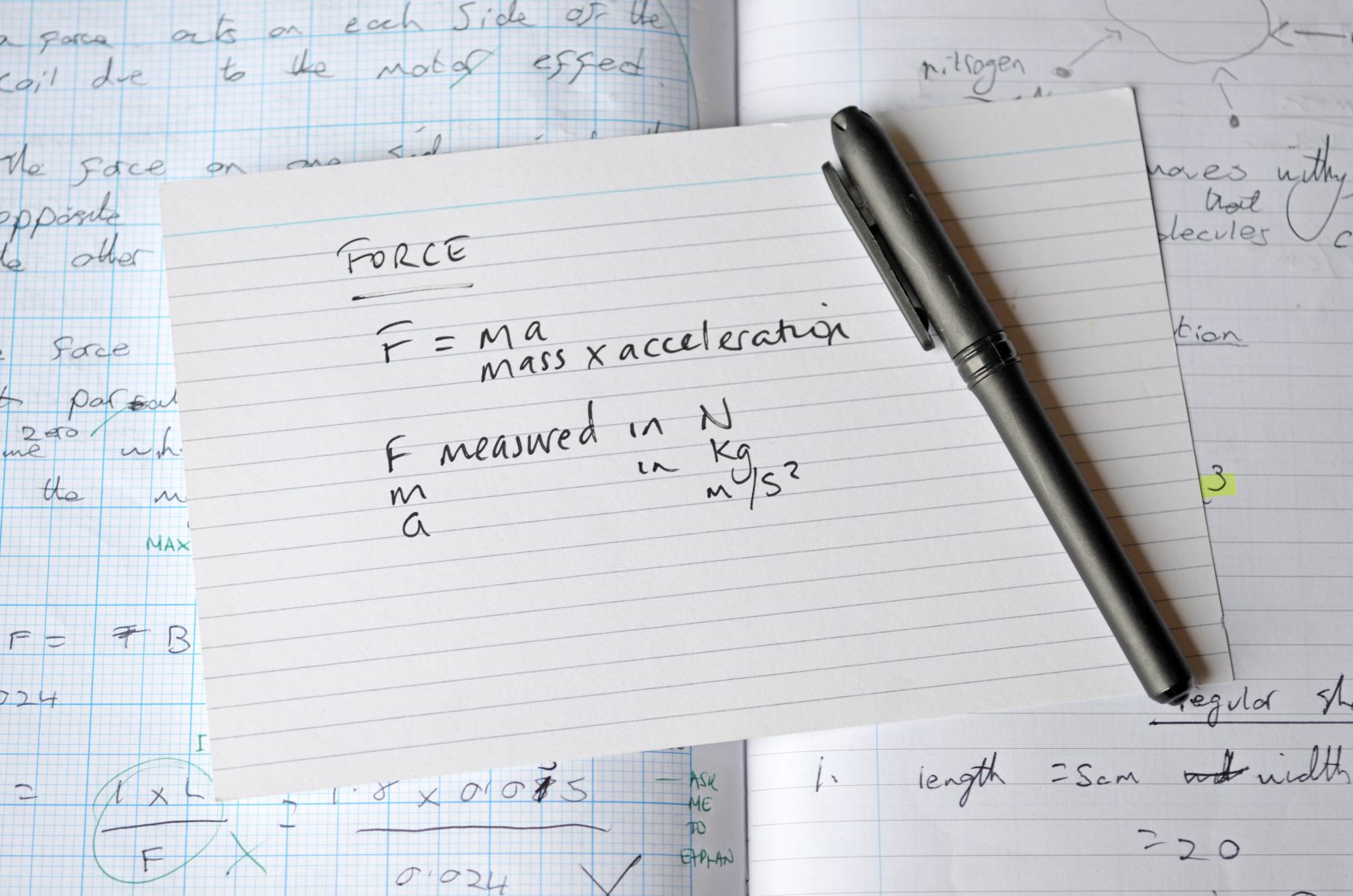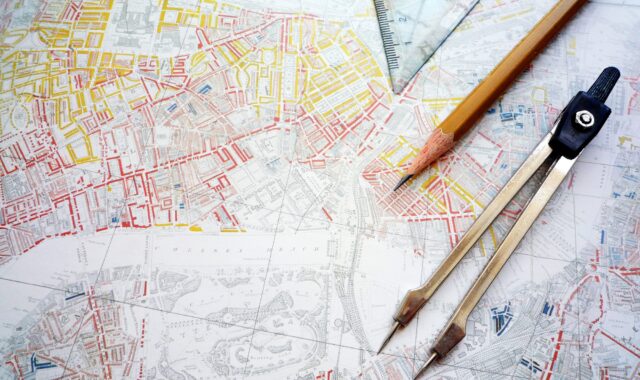Contents:
The Oxford Physics Aptitude Test (PAT) is a two hour test combining questions on both Physics and Maths. Anyone applying for Physics, Physics and Philosophy, Engineering Science, or Materials Science at the University of Oxford is required to sit the PAT.
What is the format of the PAT?
The test consists of a mixture of multiple choice and longer questions across topics from GCSE and A Level. The available marks total 100.
What topics are covered in the PAT exam?
A full list of topics is available on the Oxford Department of Physics website.
Most of the topics should be familiar to you from studying Maths and Physics up to this point. However, depending on how your lessons have been taught and the order in which topics have been studied, there may be content that you’re not familiar with.
Topics such as circular motion, electric fields, gravitational fields and electromagnetism aren’t usually covered until Year 13, and as such, you might not have encountered these yet.
How can I learn new content?
There are lots of ways to cover this content. Your A Level course textbook is a good place to start, along with asking your teachers for any resources they have for these topics.
Physics & Maths Tutor provide a range of free A Level Physics resources including revision notes, flashcards, and questions by topic. Doing A Level practice questions can help reinforce your understanding before tackling PAT questions.
There are also lots of YouTube tutorials explaining challenging concepts.
What are PAT questions like?
PAT questions are different from A Level exam questions. They often require you to solve unfamiliar problems by applying knowledge from different areas of Physics.
PAT questions are designed to assess your problem-solving skills and so are often less structured than A Level exam questions. You may also be required to apply information from the question to solve problems outside the syllabus.
How you approach a question and your method is far more important than getting the correct final answer.

PAT practice questions
The Oxford Physics admissions page has PAT past papers from 2006 to 2022. These are good for familiarising yourself with the format of the test and the style of questions. Note that the test has changed a lot in this time, and as such, the most recent papers are more likely to be aligned with the paper set for 2023.
Solutions to PAT past papers are not generally provided. You can find a bank of PAT past papers, informal solutions and examiner reports on Physics & Maths Tutor.
The Oxford Physics department has produced two workbooks containing PAT style questions with solutions books. There are hints in each workbook to encourage students to work through the questions before looking at the answers.
Another good source of PAT practice questions is the British Physics Olympiad. They have an archive of past papers with questions that are less structured than typical A Level questions. They are similar in style and content to the PAT questions. Answers are also provided on the website.
Natalie’s Top Tips for the PAT
Remember that the PAT is designed to be challenging, and there are a lot of questions to answer in two hours. It’s unlikely you will be able to finish every question fully. This means you need to be strategic.
- You don’t have to answer the questions in order – find the ones that you feel most confident with and start with them.
- Focus your time and energy where you can maximise marks – don’t spend time on questions you’re struggling with.
- Finally, remember to stay calm and give it your best effort!
If you’re seeking more help with content and expert guidance in answering PAT questions, join our intensive, online Oxford PAT Preparation Course, taking place September 23-24th. This comprehensive two-day program is meticulously designed to boost your confidence and position you for success in the upcoming exam. Book your place now!
When and where does the PAT take place?
You should be able to sit the PAT at your school or college. You’ll need to talk to your exams officer to arrange your registration. If your school is unable to host the PAT or you’re not in school/college, then you’ll need to find an open exam centre near you.
You must be registered for the PAT by an approved test centre, and you can register at any time between the 1st and 29th September. The PAT for 2023 is scheduled for Friday 20th October.
How much does it cost to take the PAT?
You do not have to pay to take the PAT. However, some independent test centres may charge an administration fee to candidates for costs such as room hire and invigilation.
Does the PAT take place online?
For 2023, the PAT is moving online and, as such, will be completed using a digital interface with answers to the questions being written in answer booklets.
A digital calculator is provided as part of the online exam, meaning that you are no longer allowed to bring your own physical calculator into the exam. When doing PAT practice questions, you should therefore use a digital calculator to give you an accurate idea of your timings.
Formula sheets, tables and data booklets are also not allowed, so you’ll need to remember all the equations listed in the PAT topic list!
You can practise using the online exam format for the PAT on the Oxford Admissions Page. This is useful for ensuring that you are comfortable with the format of the PAT and that you can use the new digital calculator.

Oxford PAT online test platform.
How do you find out your PAT score?
PAT scores are communicated to college admissions tutors to enable shortlisting for interviews in November. Successful applicants usually do not find out their score. Unsuccessful candidates are told their score in January when college decision letters are sent out.
The Oxford PAT is a challenging but essential step for those aspiring to study Physics, Physics and Philosophy, Engineering Science, or Materials Science at the University of Oxford. While it may seem daunting, with the right preparation, strategic approach, and your best effort, you can give yourself the greatest chance of success. Good luck!





